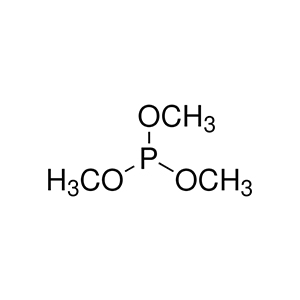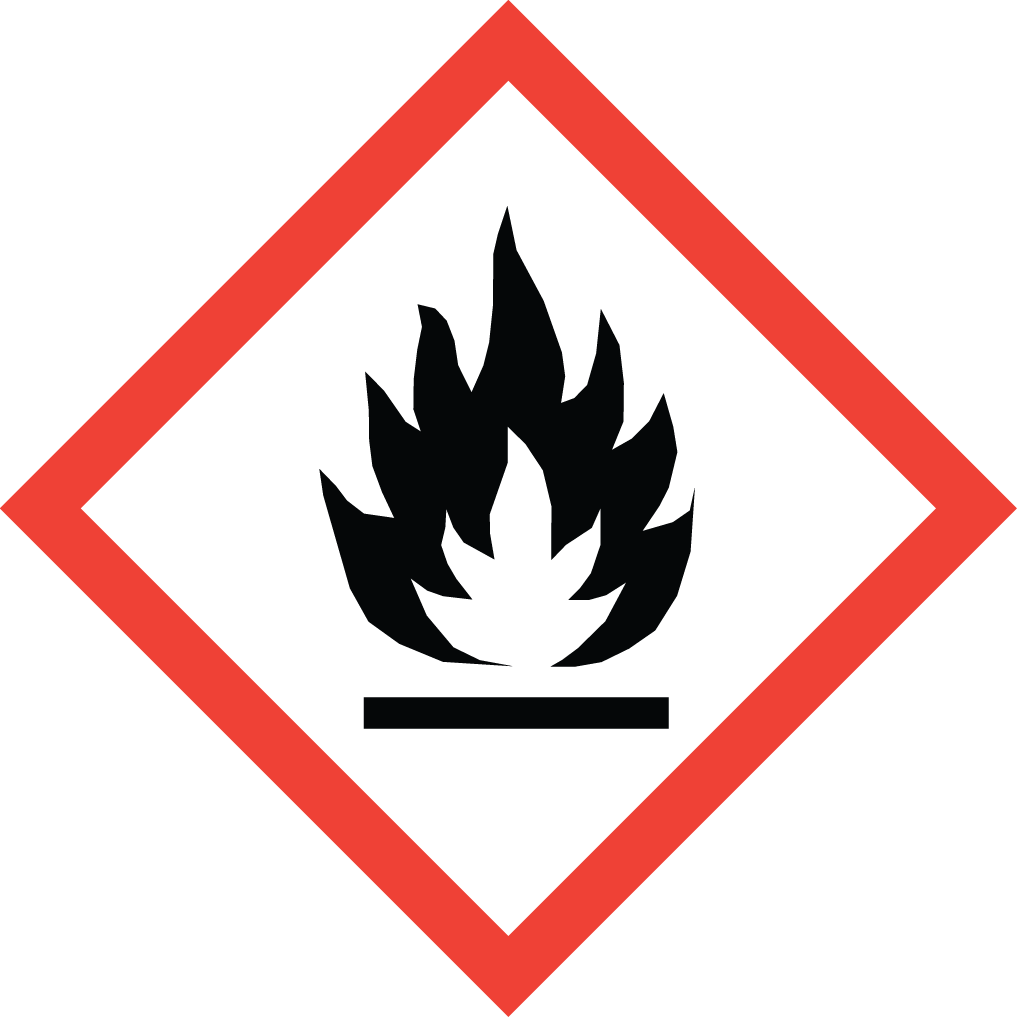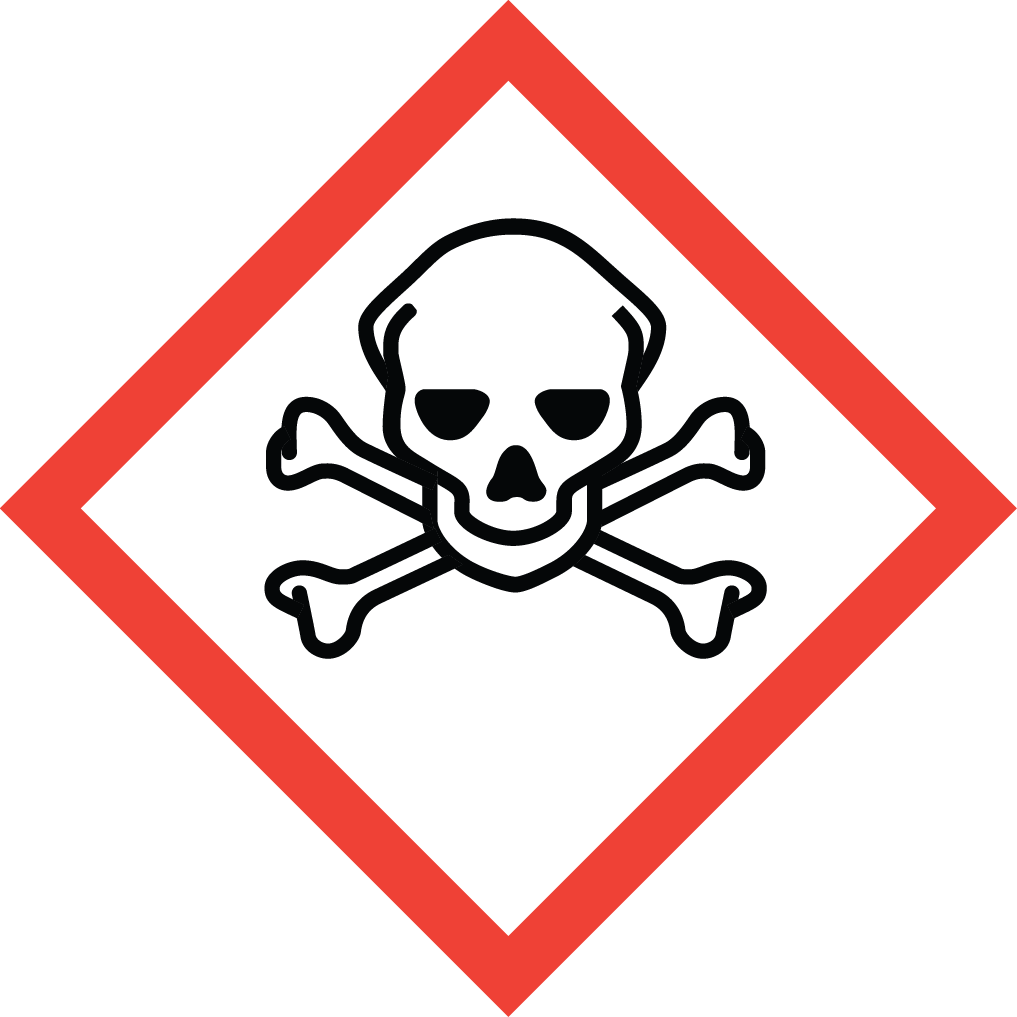Get the Best Trimethyl Phosphite for Your Process – From Aure Chemical
Aure Chemical is a premier global supplier of high-quality Trimethyl Phosphite (P(OCH₃)₃), commonly known as Trimethoxyphosphine or abbreviated as TMP. Identified by its CAS number 121-45-9, this organophosphorus compound is a clear, colorless liquid with a characteristic pungent odor. Trimethyl Phosphite is a highly versatile and reactive chemical, widely recognized for its excellent properties as a reducing agent, a crucial ligand in coordination chemistry, and an indispensable intermediate in various synthetic pathways. It plays a pivotal role in the production of a wide range of phosphonates, specialty chemicals, and polymer additives. Aure Chemical's unwavering commitment to excellence ensures that our Trimethyl Phosphite meets the stringent purity and performance requirements for your most demanding industrial and research applications, guaranteeing consistency and reliability.
Basic Information of Trimethyl Phosphite
Trimethyl Phosphite (CAS No. 121-45-9) is meticulously produced and rigorously tested to meet stringent quality standards. We ensure exceptional purity and consistent performance, essential for your complex chemical processes:
| CAS No.: | 121-45-9 |
|---|
| EC No.: | 204-471-5 |
|---|
| Linear Formula: | P(OCH₃)₃ |
|---|
| Molecular Weight: | 124.08 |
|---|
| Appearance: | Transparent Liquid |
|---|
| Melting point: | −78 °C(lit.) |
|---|
| Boiling point: | 111-112 °C(lit.) |
|---|
| Density: | 1.052 g/mL at 25 °C(lit.) |
|---|
| Solubility: | Miscible with many organic solvents such as alcohols, ethers, and aromatic hydrocarbons. Reacts with water (hydrolyzes). |
|---|
| Flash point | 82 °F |
|---|
| Nature: | Reactive organophosphorus compound. Can act as a reducing agent and a nucleophile. Susceptible to hydrolysis in the presence of water. |
|---|
| RIDADR: | UN 2329 3/PG 2 |
|---|
| Chemical Structure: |  |
|---|
Our commitment to delivering high-purity Trimethyl Phosphite ensures a reliable and efficient component for your critical chemical syntheses, offering consistent quality for diverse industrial needs.
Primary Applications of Trimethyl Phosphite
Trimethyl Phosphite's unique reactivity and versatility make it an indispensable compound with applications across numerous industries:
Chemical Intermediate:
It is a fundamental building block in the synthesis of a wide array of organophosphorus compounds, including phosphonates, phosphonites, and other derivatives. These intermediates are crucial for various industrial applications.
Ligand in Coordination Chemistry:
Trimethyl Phosphite is widely used as a ligand in the synthesis of transition metal complexes. Its ability to coordinate with metals is essential in homogeneous catalysis, forming active catalyst species for various organic transformations.
Reducing Agent:
Due to its oxidation state, it acts as an effective reducing agent in many organic reactions, often used for deoxygenation, desulfurization, and other reduction processes.
Arbuzov and Perkow Reactions:
It is a key reactant in the Arbuzov reaction (for synthesizing phosphonates) and the Perkow reaction (for synthesizing enol phosphates), which are important methods for creating phosphorus-carbon bonds and functionalized olefins.
Pesticide and Agrochemical Synthesis:
It is used in the manufacturing of various pesticides and agrochemicals, particularly those with organophosphorus structures, contributing to crop protection and agricultural efficiency.
Pharmaceutical Intermediates:
Trimethyl Phosphite is utilized in the synthesis of certain pharmaceutical intermediates and active pharmaceutical ingredients (APIs), enabling the creation of complex drug molecules.
Polymer Additives:
It finds application as an antioxidant and stabilizer in certain polymer formulations, improving their performance and extending their lifespan.
Why Choose Aure Chemical for Your Trimethyl Phosphite Supply?
Aure Chemical is dedicated to providing superior chemical solutions and unparalleled customer support. By partnering with us for your Trimethyl Phosphite requirements, you benefit from:
Exceptional Purity & Reactivity: Our Trimethyl Phosphite is manufactured to stringent purity specifications, crucial for ensuring high yields and clean reactions in complex organic syntheses and industrial processes.
Reliable Global Supply Chain: We maintain a robust and efficient supply network, guaranteeing timely and secure delivery of this essential chemical to your facilities worldwide, adhering to all strict safety and regulatory standards.
Expert Technical Support: Our team of experienced chemists and specialists is readily available to offer comprehensive guidance on product application, safe handling procedures, and optimal storage conditions for Trimethyl Phosphite.
Commitment to Quality & Safety: We adhere to the highest industry standards for quality management, safety, and environmental responsibility across all our operations, ensuring peace of mind for our clients.
Choose Aure Chemical for a trustworthy and dependable supply of high-quality Trimethyl Phosphite. We're ready to support your most demanding and innovative industrial processes.
Hazards Classification
GHS Classification: Flammable Liquid (GHS02), Acute Toxicity (GHS06), Skin Corrosion/Irritation (GHS07)
Hazard Statements: Highly flammable liquid and vapor; toxic if swallowed or in contact with skin; causes skin irritation.
UN Number: UN 2329
Hazard Class: 3 (Flammable Liquids)
Packing Group: II
 GHS02: Flammable
GHS02: Flammable GHS06: Acute toxicity
GHS06: Acute toxicity GHS07: Skin irritation
GHS07: Skin irritation
